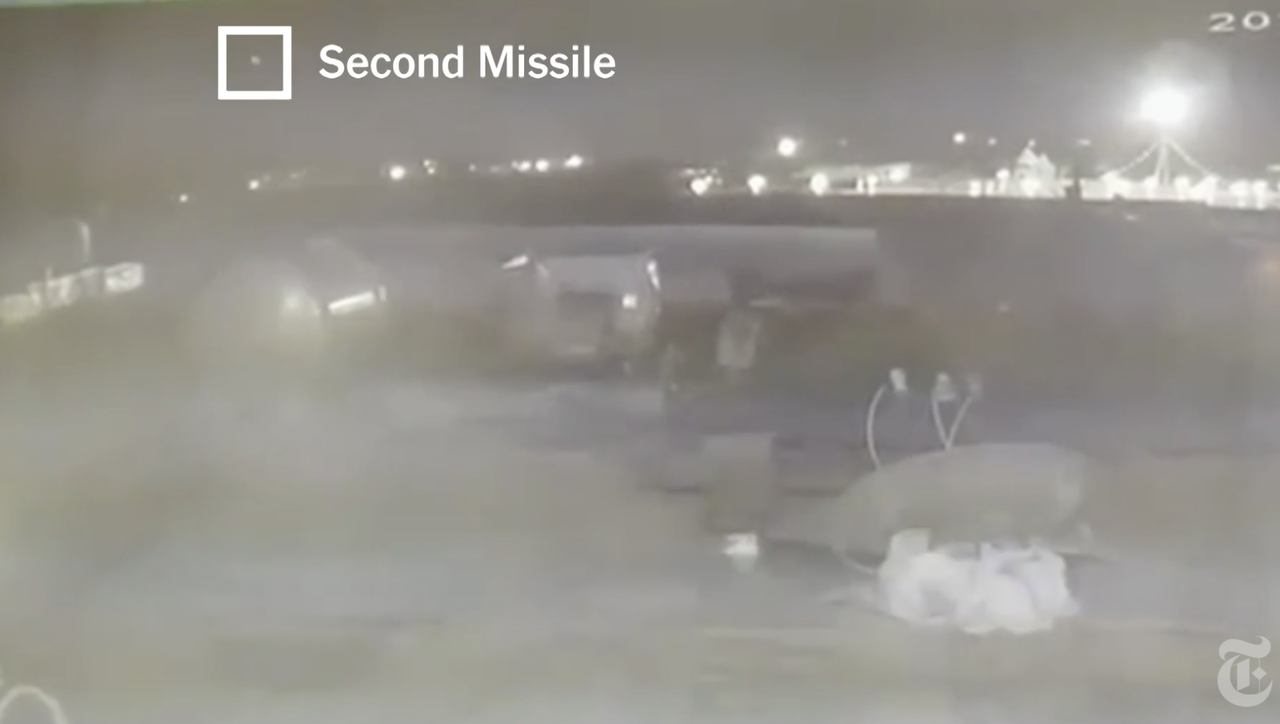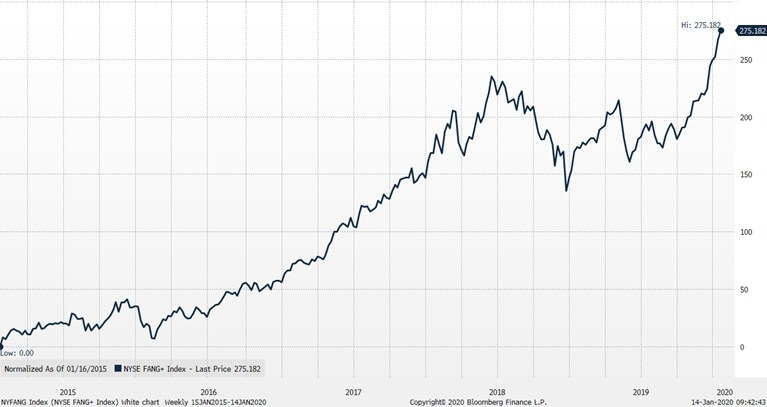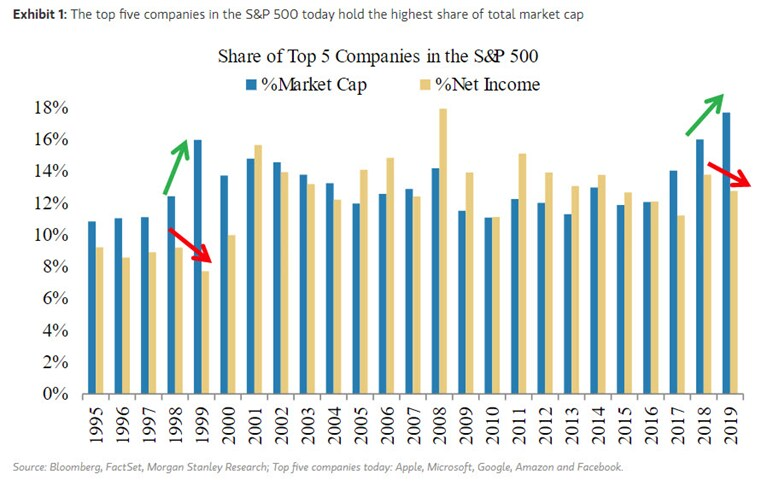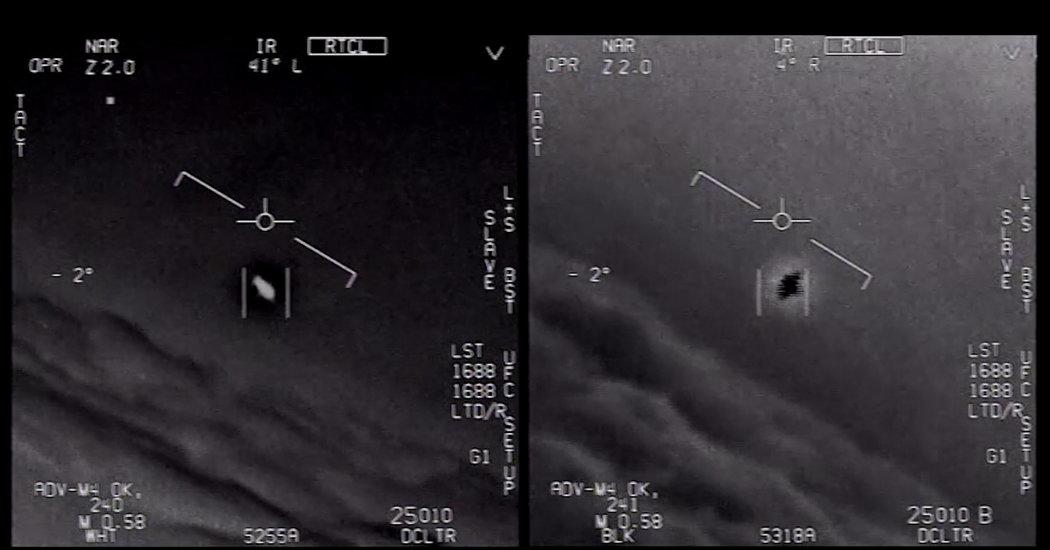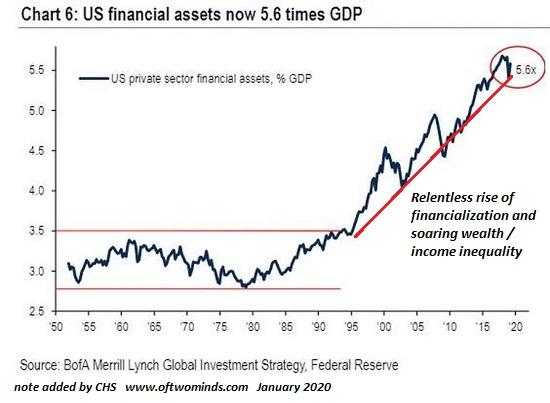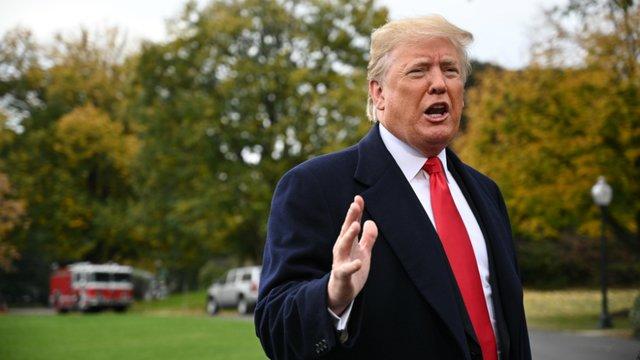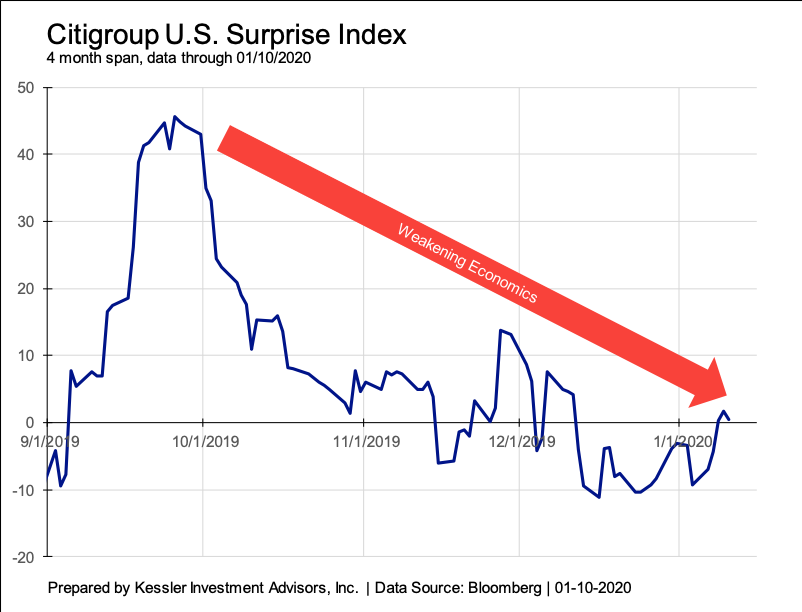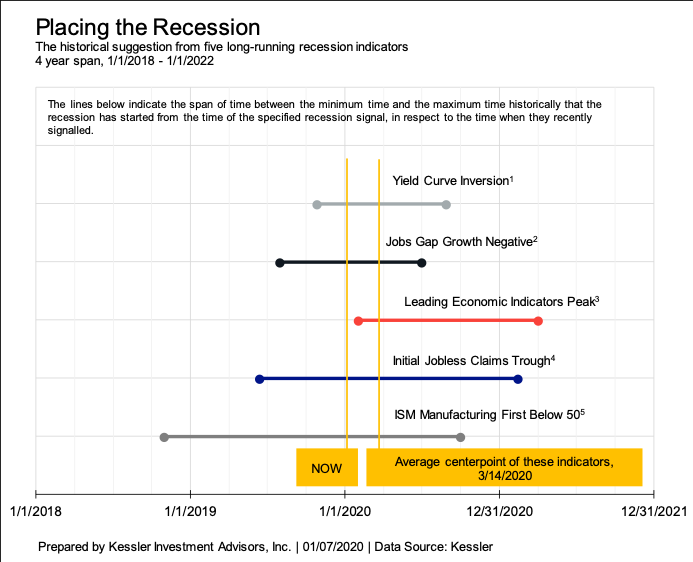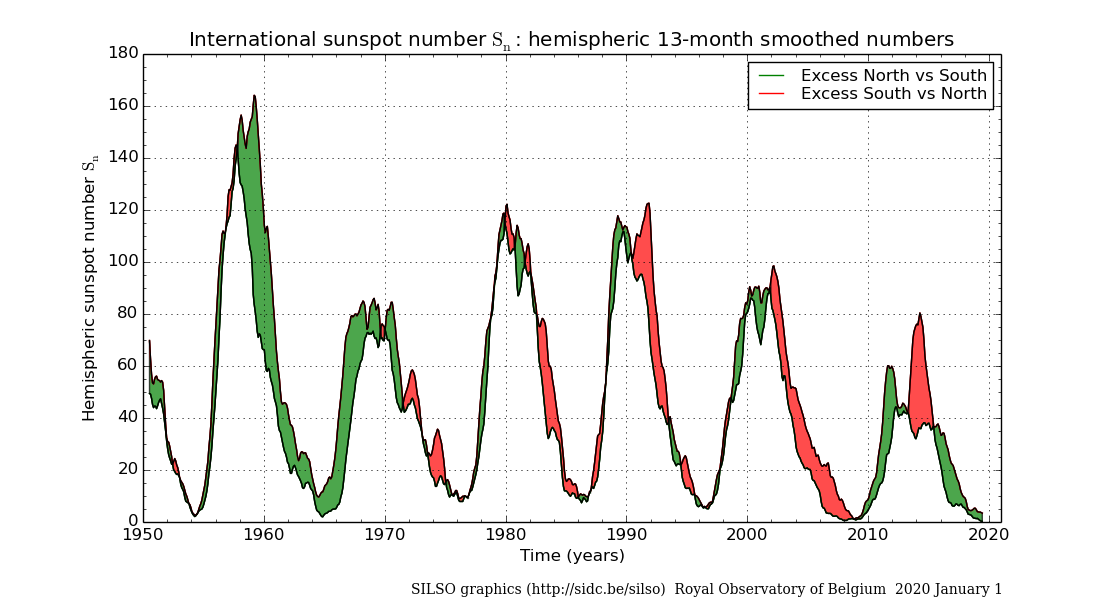From the Complaint in Mucaj v. Univ. of Connecticut, just filed today. (The legal argument supporting these allegations will come in a day or two, in the memorandum supporting the motion for a temporary restraining order, and the university will in turn submit its own legal argument—I plan to blog about those arguments then. Note also that Jarred Karal has agreed to probation in his criminal case, but Ryan Mucaj is apparently still fighting the charges.)
[1.] This is a civil rights action to remedy deprivation of First Amendment rights, concerning retaliation by the University of Connecticut … against the plaintiffs, Ryan Mucaj and Jarred Karal (students). The retaliation impermissibly discriminates as to speech content and viewpoint….
[3.] The gist of the claim is that based on uttering an offensive word, a racial slur, not directed at any individuals and unaccompanied by violence or threat of violence, the school finds that the students violated the school policy prohibiting “Disruptive Behavior.”
[4.] The school finds that the recommended retaliatory sanction for the protected speech is, among other things, removal of the students from student housing, thereby depriving them of their physical welfare, contractual rights with the school, and inhibiting their otherwise ready access to the school environment.
[5.] The school’s actions not only violate the First Amendment, but also violate the court order and consent decree in Nina Wu v. University of Connecticut, CV H-89-649 (PCD) (January 25, 1990) …, which is the basis of the contempt findings sought….
[22.] On information and belief, in early 1989, Nina Wu was a junior at the University of Connecticut.
[23.] On information and belief, at about that time, Ms. Wu hung a handmade poster on her dormitory room door. The poster listed the types of people who were “welcome,” “tolerated.” “unwelcome,” and “shot on sight.”
[24.] On information and belief, the latter category listed “bimbos,” “preppies,” “racists,” and “homos.”
[25.] On information and belief, the school found that Ms. Wu violated the school harassment policy by way of the poster. Based on the use of the word “homos,” the school expelled Ms. Wu from all residential and dining halls in April, 1989.
[26.] On information and belief, Ms. Wu subsequently brought an action in federal District Court, District of Connecticut, pursuant to 42 U.S.C. § 1983, alleging deprivation of her First Amendment rights. Although she denied writing the word “homos,” she asked the court to assume that she did.
[27.] On January 25, 1990, the court, the Honorable Peter C. Dorsey, District Judge, entered judgment in accordance with the consent decree.
[28.] Pursuant to that consent decree, the school agreed to be permanently enjoined from enforcing the school harassment policy employed against Ms. Wu, as that policy existed at the time. Specifically, the school agreed to excise the prohibition in the policy concerning “making personal slurs or epithets based on race ….” (Emphasis added.)
[29.] In its place, the school adopted a policy prohibiting the “face-to-face” use of “fighting words,” in accordance with that legal doctrine.
[30.] The school furthermore agreed to be permanently enjoined from “enforcing … any other policy that interferes with the exercise of First Amendment rights by the plaintiff or any other student, when the exercise of such rights is unaccompanied by violence or the imminent threat of violence.” (Emphasis added.)
[31.] The school also agreed to provide Ms. Wu with a dormitory room, to restore her dining privileges, and to pay Ms. Wu reasonable attorneys’ fees.
[32.] On information and belief, for between five and thirty years, the school and its officials and employees have disregarded their obligations under the consent decree, and has failed to take any reasonable precautions to ensure the order is followed or even that successive officials are made aware of its existence.
[33.] On information and belief, notwithstanding being repeatedly reminded of its obligations under the consent decree [citing a Jan. 2015 letter from the ACLU of Connecticut], the school and its officials and employees continue to disregard their obligations under the consent decree, and fail to take any reasonable precautions to ensure the order is followed….
[38.] On October 11, 2019, Defendant [Associate Vice President for Student Affairs and
Dean of Students] Daugherty viewed an October 11, 2019 video that showed the plaintiffs’ walking through a parking lot, late at night. A student emailed to her an internet link to the video.
[39.] The video appears to be captured from an apartment window using a cell phone. It appears to depict three inebriated college students playing a word game involving various taboo or offensive words.
[40.] On information and belief, Defendant Daugherty believed she heard the defendants utter the word “nigger” in the video….
[42.] On information and belief, Defendant Daugherty reported what she viewed to the University of Connecticut Police Department because she found the utterance offensive and believed others did as well….
[46.] Starting in October, 2019, the school commenced disciplinary processes against the students.
[47.] The processes began with a series of investigative hearings, styled as “meetings,” with student Ryan Mucaj and student Karal, each independently, conducted by Conduct Officer Kytan.
[48.] On information and belief, the purpose of these hearings and the process of which they were a part was to investigate and sanction the students for their speech on October 11, 2019, offensive but protected.
[49.] In addition, at about this time, Karal was subject to an investigation by the Nursing School at University of Connecticut, alleging that his speech violated professional standards for him as a nursing student, because of the content of his speech on October 11, 2019
[50.] These investigations, distinct from any possible sanctions, alone violate the consent decree and burden the plaintiffs’ speech, as “enforcing … [a] policy that interferes with the exercise of First Amendment rights by … [a] student, when the exercise of such rights is unaccompanied by violence or the imminent threat of violence.” …
[54.] In the October 25, 2019 hearing, Mucaj asked conduct officer Kytan if Mucaj was being investigated “because of something I said,” and Kytan responded, “Yes.” …
[56.] During the meetings, it was made clear to both students that they were being investigated because of a claim that they uttered offensive language on October 11, 2019….
[69.] [UConn Conduct Officers] “found” that the students violated a policy worded as follows:
[“Disruptive behavior, which is defined as participating in or inciting others to participate in the disruption or obstruction of any University activity, including, but not limited to: teaching, research, events, administration, student conduct proceedings, the living/learning environment, or other University activities, on or off-campus; or of other non-University activities when the conduct occurs on University premises; or of the living environment, on or off-campus.”
[70.] Conduct Officer Kytan found and explained, that among other things, her recommended sanction was to terminate the students’ housing agreement with the school….
[73.] Conduct Officer Kytan further explained that if the panel upheld her finding, the students would have to vacate their on-campus homes within 24 hours.
[74.] At no point in any of the proceedings was either student accused of acting with violence or the imminent threat of violence, or any misconduct even remotely approaching such. The school has only ever accused the students of acting orally and verbally….
[79.] [Despite the Wu consent decree], the school continues to the present day with “enforcing … [a] policy that interferes with the exercise of First Amendment rights by … [a] student, when the exercise of such rights is unaccompanied by violence or imminent threat of violence,” in direct derogation of paragraph 1 of the consent decree….
[91.] The school’s conduct violates the order and consent decree, which is clear, and the school does so without fair ground as to doubt the wrongfulness of the conduct of its officials or employees.
[92.] The Disruptive Behavior policy is an unconstitutional abridgement on its face, and as-applied or threatened to be applied, of the plaintiffs’ rights to the freedom of speech under the United States Constitution, First and Fourteenth Amendments….
[95.] The Disruptive Behavior policy as-applied or threatened to be applied, is a content-based and viewpoint-based restriction on speech….

from Latest – Reason.com https://ift.tt/387Di0l
via IFTTT
